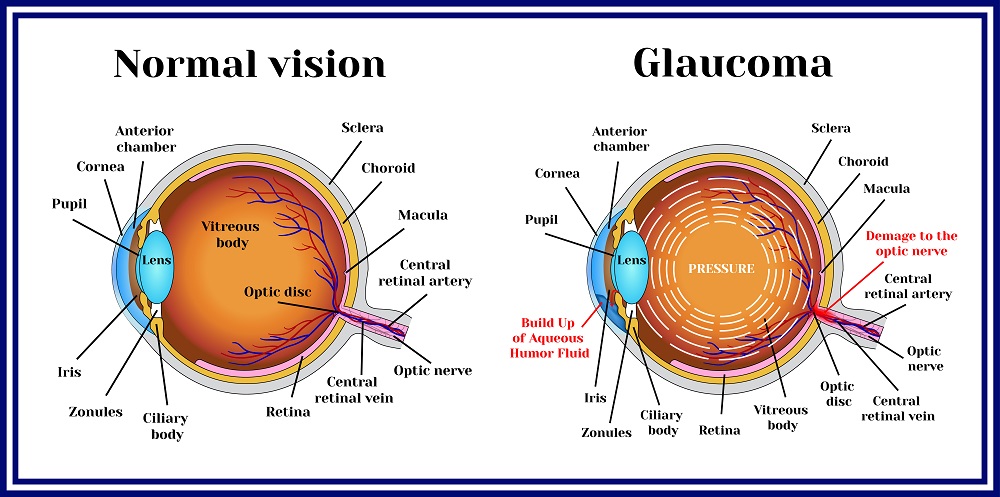Cutting-edge Refractive Surgeries in AL: Change Your Vision Today
Cutting-edge Refractive Surgeries in AL: Change Your Vision Today
Blog Article
Recognizing the Different Vision Improvement Procedures Available for Clearer Sight
In the world of vision adjustment treatments, a multitude of choices exist to resolve refractive errors and give people with clearer sight. Let's discover the complexities of these procedures and dropped light on the course to achieving boosted vision clearness.
LASIK Surgery
LASIK surgical treatment is a common refractive treatment used to remedy vision problems such as astigmatism, farsightedness, and nearsightedness. This surgical strategy, which stands for Laser-Assisted in Situ Keratomileusis, aims to improve the cornea to improve exactly how light is concentrated on the retina, ultimately improving vision clarity.
One of the key benefits of LASIK surgical treatment is the rapid enhancement in vision experienced by people. Lots of people see a considerable improvement in their eyesight quickly after the procedure. Furthermore, the majority of patients report very little discomfort and pain during the surgical treatment and recuperation duration. The recovery time for LASIK is fairly quick, with lots of people returning to their daily activities within a day or more post-operation. Overall, LASIK surgical treatment is a popular choice for individuals looking for a lasting solution for their vision issues.
PRK Procedure
While also a common refractive treatment, the PRK (Photorefractive Keratectomy) strategy differs from LASIK surgical procedure in its strategy to correcting vision troubles. In PRK, as opposed to creating a flap on the cornea, the external layer of the cornea, called the epithelium, is entirely eliminated. This permits the laser to reshape the cornea to remedy refractive mistakes such as farsightedness, astigmatism, and nearsightedness directly externally.

Despite the longer recovery time, PRK can produce superb cause vision improvement, making it a useful choice for those that might not appropriate candidates for LASIK surgery.
Implantable Lenses
In comparison to PRK where the cornea is reshaped directly, implantable lenses use an additional approach for correcting vision by inserting artificial lenses inside the eye. This procedure is particularly useful for individuals with high degrees of farsightedness, astigmatism, or nearsightedness who may not appropriate candidates for laser surgical procedures like LASIK or PRK.
Implantable lenses, additionally called phakic intraocular lenses, work by supplementing the eye's this page natural lens with a fabricated one. eyecare near me. These lenses can be put in front of the natural lens (former chamber) or behind the iris and before the natural lens (posterior chamber) By adjusting the power and positioning of these lenses, ophthalmologists can efficiently deal with refractive mistakes and improve visual skill
One benefit of implantable lenses is that they are removable and exchangeable, giving adaptability for future adjustments. However, just like any kind of surgery, there are threats included, such as infection or cataract formation. Individuals recommended you read considering implantable lenses need to talk to an eye treatment expert to identify one of the most ideal choice based on their individual demands and eye health.
Corneal Rings
Corneal rings, also referred to as intracorneal ring segments, are little, transparent tools inserted right into the cornea to fix vision distortions such as keratoconus. Keratoconus is a condition where the cornea thins and protrudes external, causing vision to end up being distorted. The insertion of corneal rings assists to flatten the cornea, boosting visual skill and minimizing the irregular astigmatism brought on by keratoconus.
The treatment for putting corneal rings is minimally intrusive and relatively fast, typically carried out as an outpatient treatment. During the surgical treatment, the ophthalmologist makes a little cut in the cornea and inserts the rings at a specific deepness. When in position, the rings help to reshape the cornea, supplying a smoother surface area for light to enter the eye, which can lead to more clear vision.
Corneal rings are considered a relatively easy to fix treatment, as they can be eliminated or replaced if needed. refractive surgeries in al. While they may not totally eliminate the requirement for glasses or call lenses, corneal rings can dramatically improve vision quality and overall visual comfort for individuals with keratoconus or various other corneal abnormalities
Refractive Lens Exchange
Following the adjustment of corneal irregularities with procedures like corneal rings, another vision modification method that can resolve refractive mistakes is Refractive Lens Exchange (RLE) RLE is a procedure that involves replacing the eye's all-natural lens with an artificial intraocular lens (IOL) to fix refractive errors such as presbyopia, farsightedness, and nearsightedness. This treatment is particularly helpful for people that may not be appropriate candidates for procedures like LASIK or PRK as a result of factors such as thin corneas or high refractive errors.

Final Thought
In verdict, there are numerous vision adjustment procedures offered to aid individuals accomplish clearer view. LASIK surgical treatment, PRK treatment, implantable lenses, corneal rings, and refractive lens exchange are all alternatives that can attend to various vision issues.
In the realm of vision modification treatments, a multitude of choices exist to address refractive mistakes and provide individuals with more clear view.LASIK surgery is a common refractive treatment utilized to remedy vision issues such as nearsightedness, farsightedness, and astigmatism.While also a typical refractive procedure, get more the PRK (Photorefractive Keratectomy) strategy differs from LASIK surgery in its strategy to dealing with vision issues.Following the correction of corneal abnormalities with procedures like corneal rings, another vision improvement method that can attend to refractive errors is Refractive Lens Exchange (RLE) LASIK surgical procedure, PRK treatment, implantable lenses, corneal rings, and refractive lens exchange are all options that can resolve different vision concerns.
Report this page